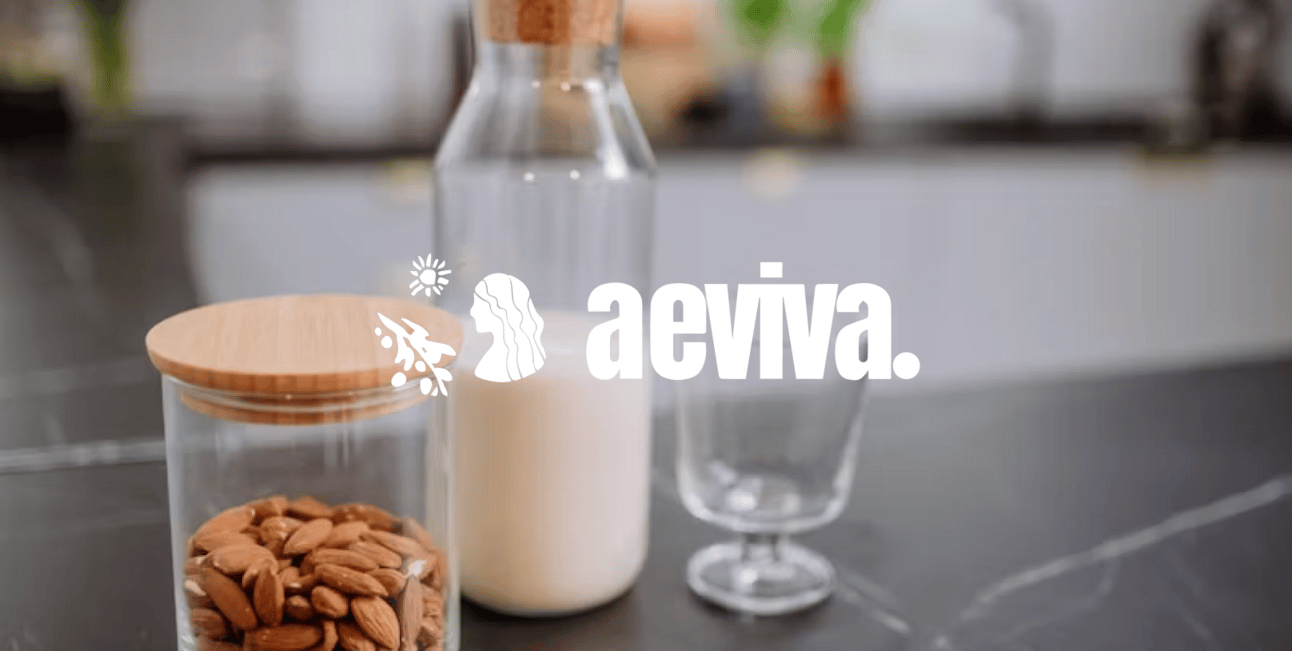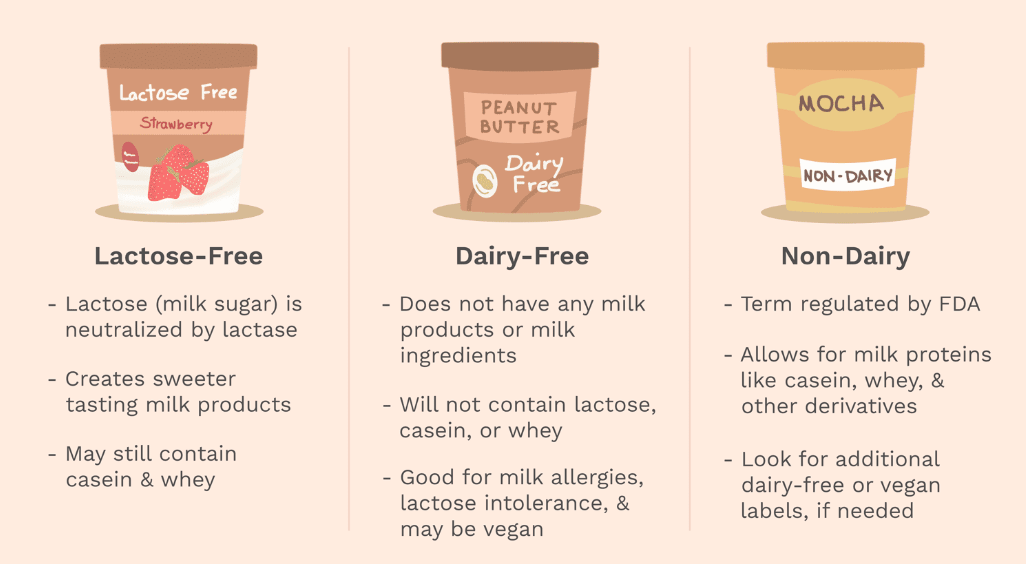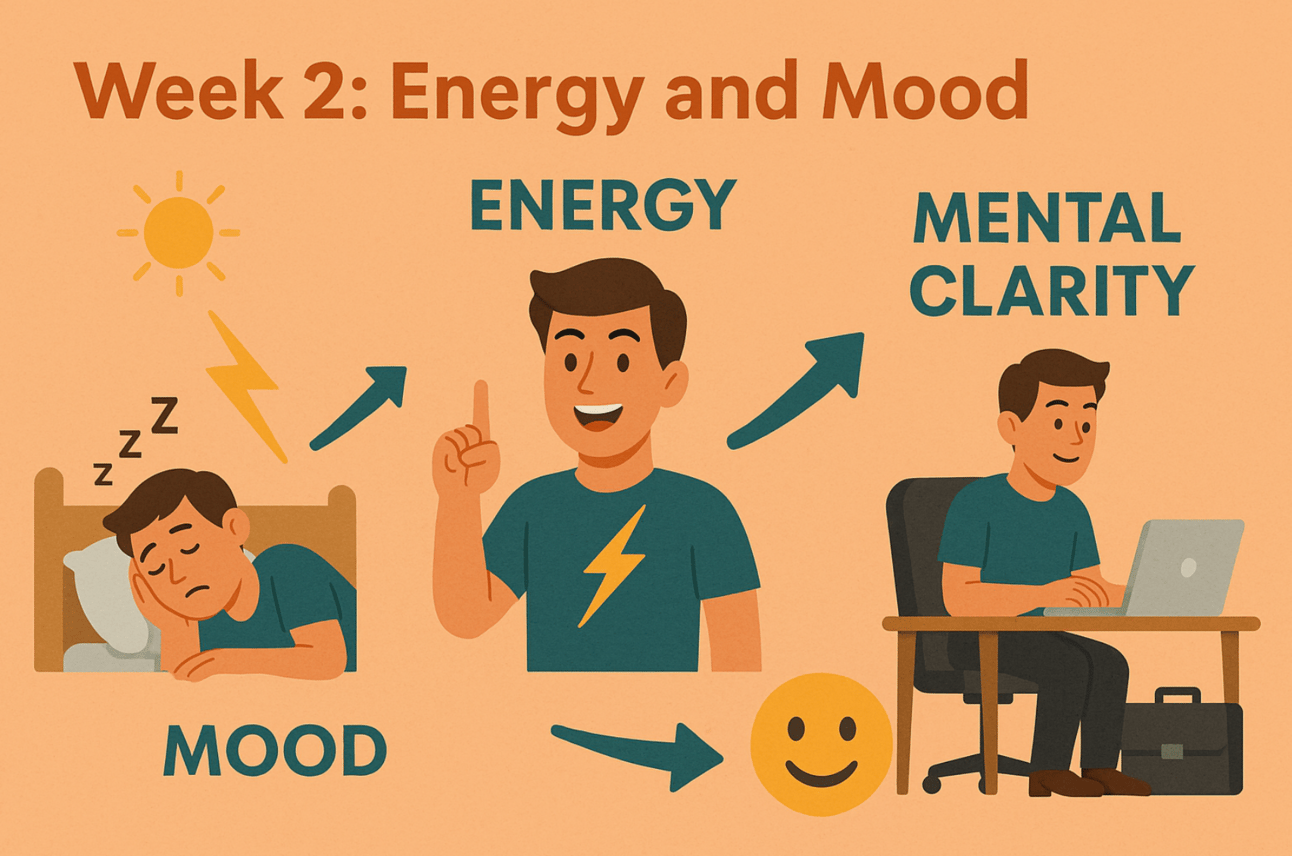- Aeviva
- Posts
- The Dairy-Free Experiment: My 30 Day Journey
The Dairy-Free Experiment: My 30 Day Journey
The surprising changes that happen in your body when you give up cheese, milk, and ice cream for a month.

Many people are giving up dairy foods these days. Some do it because of stomach problems, others for their skin, and some for animal welfare reasons. What really happens when someone stops eating dairy for a full month?
Most people experience changes in digestion, skin clarity, energy levels, and even mood when they cut out milk, cheese, yogurt, and ice cream. Before seeing results, many dairy lovers worry about missing their favorite foods or finding good substitutes. The first few days can be challenging as the body adjusts to this dietary change. But after that, several surprising shifts begin to happen. Here's what really occurs in the body during 30 days without dairy. 🥛 ❌ 🧀

What Is Dairy and Why People Quit It
Dairy products come from animal milk, usually from cows, but also from goats and sheep. These include milk, cheese, yogurt, butter, and ice cream. Many people have trouble digesting dairy because they lack enough of an enzyme called lactase.
About 68% of the world's population has some degree of lactose intolerance, meaning they can't properly digest the sugar in milk called lactose. This can cause bloating, gas, stomach pain, and diarrhea after eating dairy foods.
Others quit dairy because of milk allergies, skin problems like acne, concerns about inflammation, or ethical reasons related to animal farming. Some people also worry about hormones and antibiotics that might be in conventional dairy products. 🐄 🧬 👩⚕️
Fun Fact: Humans are the only species that regularly drinks milk from other animals, and we're also the only ones who continue to consume milk products into adulthood.
Week 1: Digestive Changes
The first changes most people notice happen in their digestive system. Within just a few days of quitting dairy, the stomach often feels noticeably less bloated after meals, especially dinner.
Many dairy sensitive individuals experience less gas, reduced stomach gurgling, and more regular bathroom visits. The body begins adjusting to breaking down different types of foods without having to process lactose. However, this first week can also bring challenges. Cheese and yogurt cravings are common, particularly in situations where someone would normally eat these foods, like on morning toast or with fruit as a snack. Finding replacements for these habits is often the hardest part of the first week. 🍽️ 💫 😌
Fun Fact: Your gut can begin to produce fewer lactase enzymes when you don't consume dairy regularly, which is why some people who take a break from dairy find they become more sensitive to it when they reintroduce it.
Week 2: Energy and Mood
During the second week, many people begin noticing changes in their energy levels. By day 10, the afternoon energy crashes that many experience often disappear or become less severe. This may be connected to how dairy affects inflammation and digestion in some people. Morning brain fog tends to clear more quickly for those sensitive to dairy, and mental clarity improves throughout the workday. 🌞
Mood also tends to become more stable without the ups and downs that can follow consuming dairy products for sensitive individuals. Some people report feeling less irritable and more emotionally balanced. Of course, these changes vary greatly from person to person, and not everyone will experience such dramatic shifts. ⚡ 💼
Fun Fact: Some research suggests that a protein in dairy called casein can break down into compounds called casomorphins that may affect mood and brain function in sensitive individuals.

Week 3: Skin and Inflammation
The changes to skin often become obvious during the third week for those with dairy related skin issues. By day 17, persistent acne, especially around the chin and jawline, often clears significantly for people whose breakouts are triggered by dairy.
Many people try expensive skincare products for years without realizing that their diet might be contributing to skin problems. Dairy can affect hormone levels and insulin production in the body, which in turn can trigger excess oil production and inflammation in the skin. Some people also notice reduced puffiness around the eyes and in the face, and even less swelling in fingers and joints. These changes suggest that dairy might cause mild inflammation or water retention in sensitive individuals. 👩 💧 🔍
Fun Fact: The hormones in milk are meant to help baby cows grow rapidly, which is why some researchers believe they may influence human hormone balance when consumed regularly.
Week 4: Nutritional Adjustments
By the final week, the body has adjusted to the dairy free lifestyle, but important nutritional considerations emerge. Without dairy in the diet, calcium intake often drops by about 40% unless people actively seek out alternative sources. Getting enough calcium becomes a priority, as does ensuring adequate vitamin D, which is often added to dairy products. People successful with dairy free eating typically include more leafy greens, fortified plant milks, and sometimes canned fish with bones to help make up the nutritional difference. Many also become more aware of hidden dairy in foods like bread, crackers, and salad dressings, which leads to more careful label reading. Protein intake can also drop when removing dairy, requiring attention to other protein sources. 🥬 🌱 🦴
This table shows some calcium rich foods that can replace dairy:
Food | Serving Size | Calcium Content | Compared to 1 Cup of Milk |
|---|---|---|---|
Fortified almond milk | 1 cup | 450 mg | More (300 mg in milk) |
Kale (cooked) | 1 cup | 180 mg | Less |
Canned sardines with bones | 3 oz | 325 mg | About the same |
Tofu (calcium set) | 4 oz | 250 mg | Slightly less |
Chia seeds | 2 Tbsp | 180 mg | Less |
A 30 day break from dairy can lead to several positive changes in the body for those sensitive to these foods. The most significant improvements typically include less bloating, clearer skin, more stable energy, and reduced inflammation. However, quitting dairy also requires careful attention to getting enough calcium and vitamin D from other sources. While many people experience benefits, dairy elimination isn't necessary or helpful for everyone. Some people digest dairy perfectly well and rely on it as an important source of nutrients. A 30 day trial elimination followed by careful reintroduction can provide valuable insights about how these foods affect each unique body. 👨⚕️ 📝
Take-Home Summary
Digestive improvements may appear within the first week, especially for those with lactose intolerance
Energy levels and mood might stabilize by the second week without the potential inflammatory effects of dairy
Skin changes often take at least 2 3 weeks to become noticeable after dietary changes
Calcium intake needs careful attention when dairy is removed, aim for 1000 mg daily from other sources
Read labels carefully as dairy ingredients hide in many processed foods
Consider working with a registered dietitian if attempting long term dairy elimination
Reintroduce dairy slowly and one type at a time to test tolerance after the 30 days
Reply